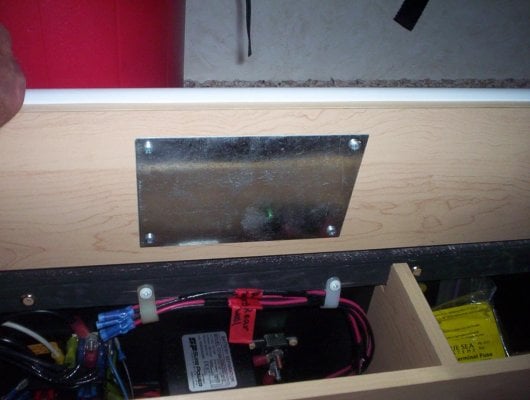Jason,
It has been suggested that the cable be fixed with screamer at each end.
You mentioned what sounded like a single 60 amp a breaker (or fuse).
As mentioned, I planned on leaving the factory installation intact complete with the two factory breakers, and adding the additional 6ga companion cable alongside, both wires connected at all ends also with 2 Additional 30 amp breakers, like in the factory installation, at the ends of the new cable.
Do you have other thoughts on my methodology?
Thanks,
Ted
Sent from my iPad using Wander The West
It has been suggested that the cable be fixed with screamer at each end.
You mentioned what sounded like a single 60 amp a breaker (or fuse).
As mentioned, I planned on leaving the factory installation intact complete with the two factory breakers, and adding the additional 6ga companion cable alongside, both wires connected at all ends also with 2 Additional 30 amp breakers, like in the factory installation, at the ends of the new cable.
Do you have other thoughts on my methodology?
Thanks,
Ted
Sent from my iPad using Wander The West


